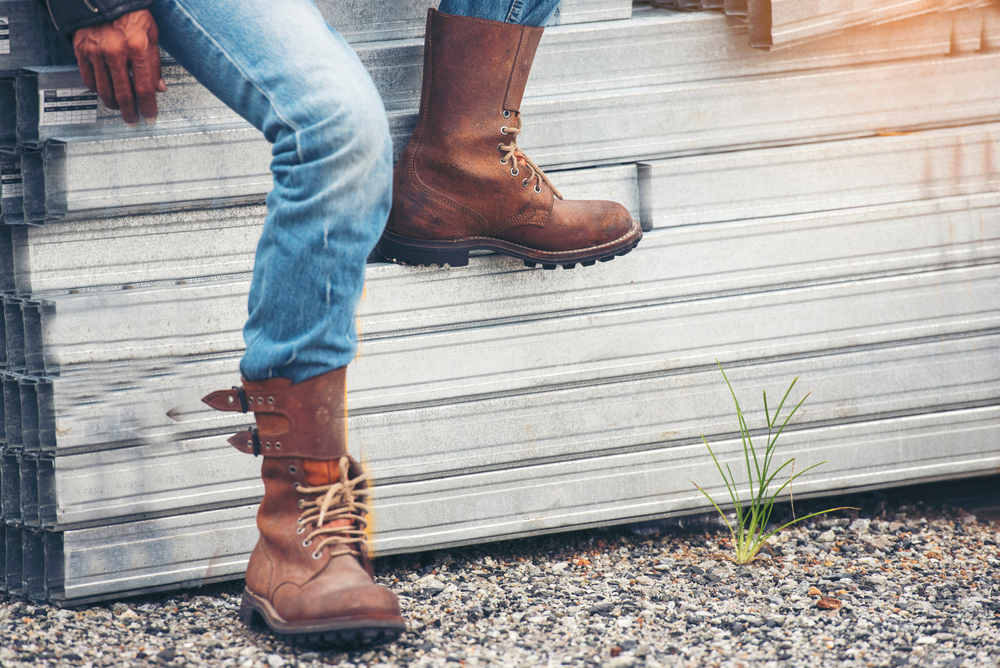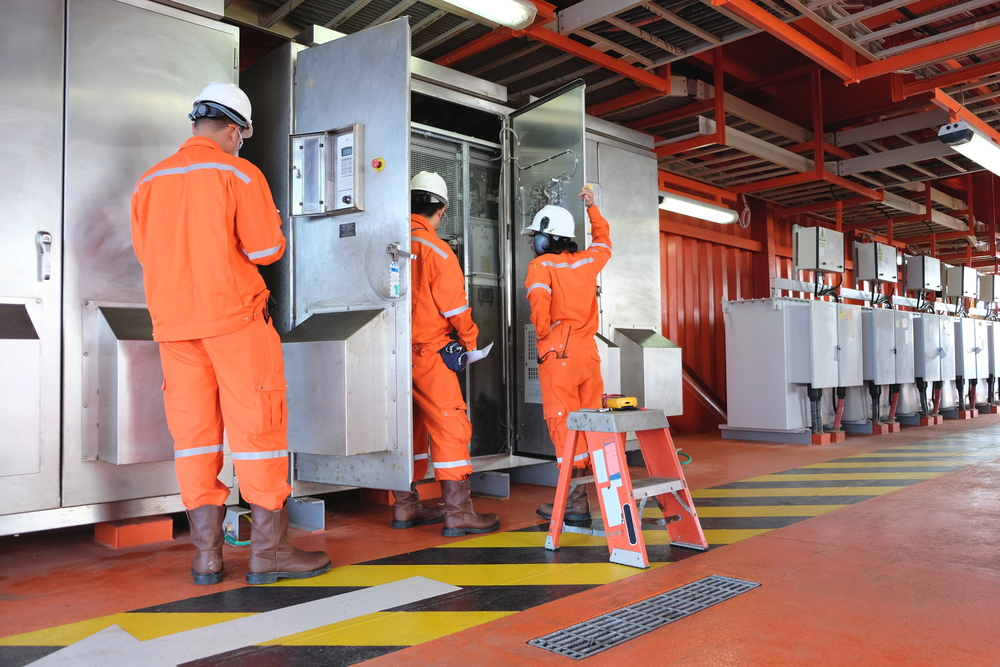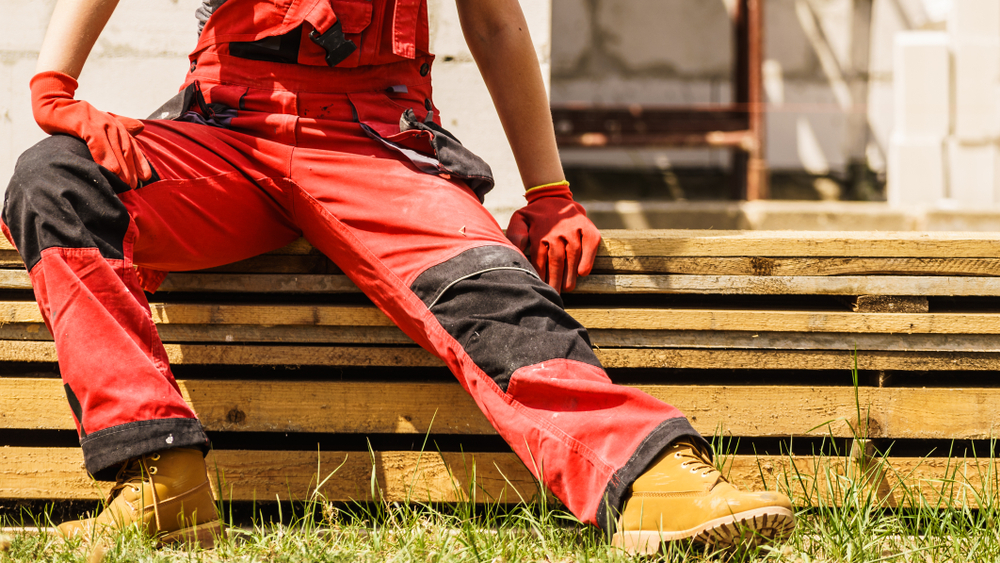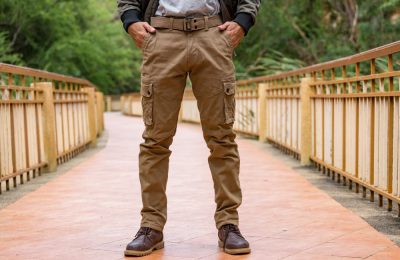|
Getting your Trinity Audio player ready...
|
Did you know that there are different types of safety boots depending upon the nature of hazard you face at work? In most countries, wearing safety work shoes is compulsory as it protects the workers from environmental hazards. In this blog, we discuss some most popular types of safety boots for different types of jobs:
Toe Protection Safety Boots
Probably the most vulnerable part of your feet, after your sole, are your toes. Construction boots and shoes are often made to keep your toes safe from impending hazards. The high risk and dangers of construction work make it all the more necessary to protect your toes. Unlike soft toe work boots, toe protection boots have a hard, protective toe. Here are some common types of toe caps work protection shoes:
Steel Toe Safety Boots
Among the various types of safety shoes, Steel Toes are the most rigid and offer a high degree of protection against construction material hazards. These traditional work shoes are compact, heavy and offer a lot of toe protection. Steel is a temperature conductor, so if you work on a construction site involving high temperatures, steel toe shoes may not be the ideal choice for it. Moreover, if your work site has metal detectors or magnetic surfaces, steel toe work boots are not the best choice to go with.

Suggested Read: How To Stretch Work Boots
With the advancement in work shoe making technology, the shoe makers are now more focused on developing asymmetrical steel toe work boots. The contoured steel toe work shoes adjust to the shape of your toes and feed. It means they offer weightless and highly protective work wear.
Composite Toe Work Boots
Carbon fiber, Kevlar or plastic are among the top materials used in manufacturing of Composite toe work shoes. The composite cap work boots are lighter than steel but they are thicker. Since composite work boots are a type of insulated work boots, they do not conduct heat or cold and make a perfect choice for construction workers who want an alternative to steel toe work boots.

Aluminum Toe Safety Boots
Aluminum toe work boots are another great pick for workers looking for a lightweight alternative to steel toe work boots. These aluminum work shoes do not conduct cold, so they make a great work shoes pick for workers who have exposure to extremely cold working environments.
Waterproof Safety Boots
Many work sites involve high degree of water and humidity exposure. Waterproof boots are a key choice for those working out in rain and mud, especially in cold climates. Waterproof safety boots can truly make your extremely harsh work days much more tolerable, thanks to the insulation and water protection. Waterproof boots also offer a considerable degree of anti-slip protection when walking on wet or slippery surfaces.
Electric Hazard Boots
Electric Hazard boots have electrical insulation lining to protect the wearer. These are a compulsory work wear item for those who work in electrically active, risky environments. An electrician or any person who works with high voltage machines or circuits is required to wear electrical hazard boots for protection. They have non-conductive material and their sole and heels are made from impact-resistant material. Electrical hazard boots eliminate the chances of coming in contact with electricity, thus reducing potential electrical hazards.

Also Read: Top 5 Workwear Safety Boots for Women
Explosives
Electrical hazard shoes are also recommended for those who work around explosives, highly reactive and flammable materials. Electrical hazard shoes with ESD or electrical insulating features offer a great deal of protection in reactive working environments. Some electrical hazard shoes are electric conductive shoes, so they reduce the risk of static electricity and eliminate the chances of your body to ignite and lead to a fire. Do not wear wool, nylon or silk socks with electrical hazard boots.
Insulated Boots
Among the many types of safety boots, insulated boots and heat resistant boots are also very popular. For those who work under extremely hot temperatures, insulated safety boots offer an extra layer of protection against harsh working conditions. Although most work boots are generally insulated, the heat resistant boots have more insulation than the common safety boots.
Conclusion
Now that you know different types of work safety boots, it is important to consider the nature of the job and all the risks and concerns that come with it. If you are involved with the use of heavy machinery, work with sharp objects or have a risk of objects falling on you, the best type of construction boots for you would be hard toe protection safety boots. Similarly, for humid and slippery work environments, waterproof work shoes or those made from anti-slip material are recommended. Electrical hazard shoes and insulated shoes offer great protection under high risk working environments.
Image Source: ShutterStock
Also Read:
-

Meet Lisa John, a dynamic Content Manager and Marketing Professional at Garment Printing Group. With three years of industry experience, Lisa excels in crafting compelling narratives that not only illuminate the vibrant world of garment printing but also drive engagement and growth.
View all posts




